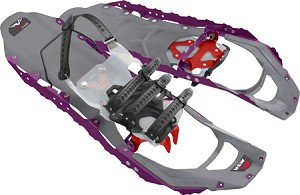
What Black Diamond Say?
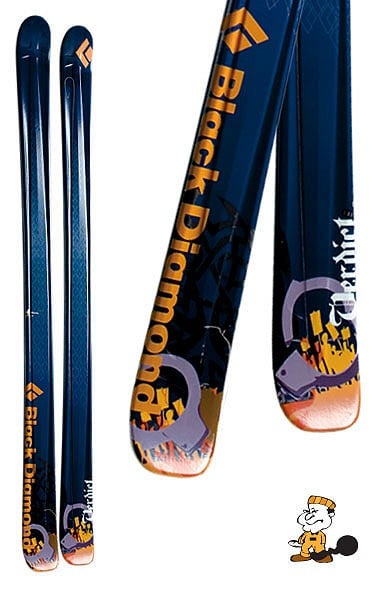
More information about the Black Diamond Verdict ski at: www.bdel.com/gear/verdict
What UKClimbing.com Reviewer Jon Griffith Says?
Yes, it's a ski review. Skis are an essential part of winter climbing in the Alps and with more Brits climbing in the Alps it's time more climbers looked closely at the advantages of a ski's as a means of approach and descent from climbs. It's a scene I've seen countless times out here in Chamonix- a couple of strong determined Brits leave the winter hut a good hour before us only to then find them struggling in snow shoes in chest deep snow retreating from the approach. I used to be the same! Granted some times snow shoes are fine but there is a lot to be said for using skis.
When I first started climbing out in the Alps skis were totally out of the question and armed with a pair of trusty snow shoes it quickly became apparent how incredibly slow I moved compared to my partner at the time who was on touring skis. To localise the scenario here, those who have been to Chamonix will be familiar with the Aiguille du Midi. Within 20mins you find yourself elevated to 3,840m. The real advantage of skiing comes into the fact that most winter routes are within easy and quick downhill access from the Midi, meaning within 15 mins of skiing you can be at the base of a fantastic multi-pitch mixed route. Once you have abseiled down from your route, you clip back into your skis and start the descent back down into Chamonix. All in all it means you can wake up in a nice warm bed, climb an 800m mixed route up at 3,000m+, and be back in town in time for a good shower, beer and meal. How does that sound?
Compare this to what many of us do which is staying up in the often very overcrowded and dirty Abri Simond bivi hut for a few nights, staring down at the lights of Chamonix far below thinking how bitterly cold strong winds and an ambient air temp of -20 can feel on your nads whilst going for a dump. Now I realise that for some this suffering is very much part of the whole experience (which is fine) but after paying rent for a flat out here I figured that I may as well start to make the most of it.
I should point out here though that ski reviews are going to be very hard to write for climbers. Luckily I'm not going to regurgitate loads of technical ski terms as to be honest I don't know them, but the problem with climbers is that we tend to ski as a means of getting to and away from the climb, not for the actual skiing- meaning that we tend to be a bit wobbly and not actually enjoy the experience at all.
The Perfect Ski
With skis, much like climbing gear, there is always going to be a compromise. For a climber the perfect ski would be a wide (fat), super lightweight, stiff one. This means that we would be getting to the climb a lot faster and the descent would be a lot easier due to the fatter skis displacing more weight in the powder. However a nice stiff, wide ski is obviously going to add on the pounds. The new holy grail in ski design is trying to combine a wood core with some kind of light composite synthetic material which though not as stiff as wood is a lot lighter. Whilst 'wood' is... well just wood, ski companies have free reign on coming up with some great eye-catching names for the synthetic materials used- so don't get suckered into it!
What was I looking for? Well, the perfect ski. I wanted something I could attach to my pack and climb up big couloirs with. As well as something that I could tour in for hours without feeling too tired. However I was fully aware that skiing back down from a climb with a full backpack on is no easy feat and therefore wanted a nice fat ski that would hold my weight and pack without any problems.
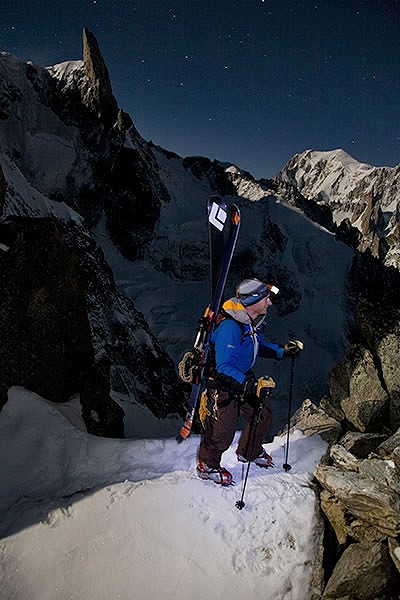
Ski Categories
To be really simple about the whole thing I categorise skis in three ways: piste skis; wide, downhill offpiste skis; and lightweight touring skis.
Easily enough, piste skis are parabolic skis (when viewed from above or below, the center or "waist" is significantly narrower than the tip and tail) and designed for carving down groomed runs- not at all what we are looking for here. Downhill offpiste skis, whilst great fun in powder, are just too heavy to go touring with or climb with. So that leaves us in the lightweight touring department.
As you may know, the Italian company Trab have dominated this market for an awful long time and they make incredibly light approach skis. Now whilst many 'speed-tourers' and climbers are major fans of the Trabs, I am not. There is no doubt that a lycra-clad Trab user on Dynafit bindings can move close to the speed of light, but the descent can be a nightmare as they are built for the uphill not the downhill (although in recent years they have been coming out with skis that have leant more on the downhill experience). I was looking for something that was very much middle ground- not being a big fan of lycra, nor having the funds for Dynafit bindings, I am in no danger of beating any records on speed. Being more of the Brit mindset of try-and-bring-everything-you-can in my rucksack, I was not too fussed about an extra kg on my feet either.
Black Diamond's motto for their skis is “It's all about the downhill”. Now whilst that conjures up horrible images of Oakley-clad 'free-riders ripping up the pow' (excuse the lingo but I'm learning slowly) I was pleasantly surprised to see that the Chamonix free-riders, of which there are many, often seem to be more obsessed with skis that look good rather than necessarily ski well. So armed with a new pair of Verdicts I set out to see whether they were going to stay confined to the snow parks or whether they had their place up in the 'high' mountains.
The Skis
The technical specs (for those who know what they mean):
LENGTH: 180cm
DIMENSIONS: 134-102-120 (width in mm of the tip front - middle where you foot goes -tail back end )
WEIGHT: kg (pair): 4 kg
The Verdict also comes in 170 cm and 190 cm lengths
So how did they fare? Well thankfully really well. There are a lot of reviews all over the web for this ski (click here to read them) and they all seem to say the same thing in some kind of free-style terminology that I don't fully understand. So here it is in normal English
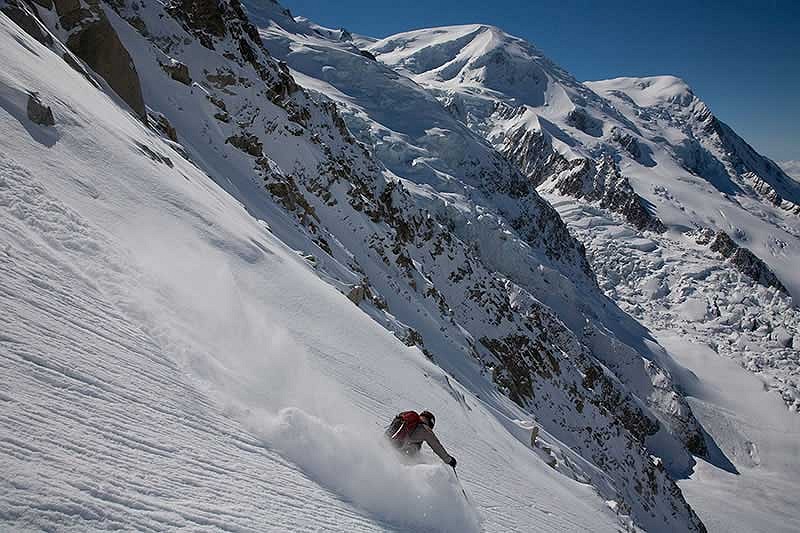
The first thing I noticed about them was that they are really wide for the weight. Nowadays there are some ridiculous skis around and those who say 'the wider the better' either don't know how to ski or don't ski in Europe. We don't get deep enough powder to warrant anything larger than the Verdicts- if you ever see someone skiing around Europe in a pair of Pontoons you can be safe in the knowledge that, much like expensive cars, they are probably just overcompensating for something. (I also own a pair of K2 Apache Chiefs which ski incredibly well and are pretty much exactly the same cut as the Verdicts but are much heavier comparatively)...So far so good.
On the approach side they were fine, not really too heavy and although I was always going to be overtaken by the Trab crowd that was no surprise. I do have a gripe with them though which is that they have a curved back tip meaning that my skins often unclipped at the back. Thankfully it didn't happen too much but since my skins are BD ones I would have thought that they would have thought about this. In any case I had no problems touring up easy powder and horrible crud. As for climbing with them, well they aren't small and they aren't Trab light. But I didn't find them too cumbersome to be honest. At the end of the day if your backpack has a good ski attach system then it wont be a problem, and the extra weight on my back was a very little sacrifice for the descent I was going to encounter down from the climb.
How did they ski?
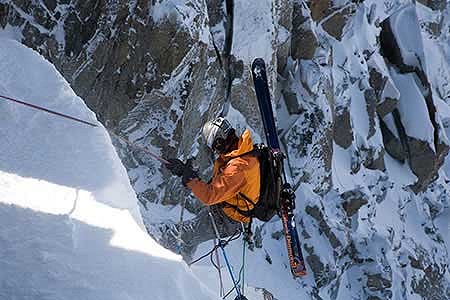
Who are they for?
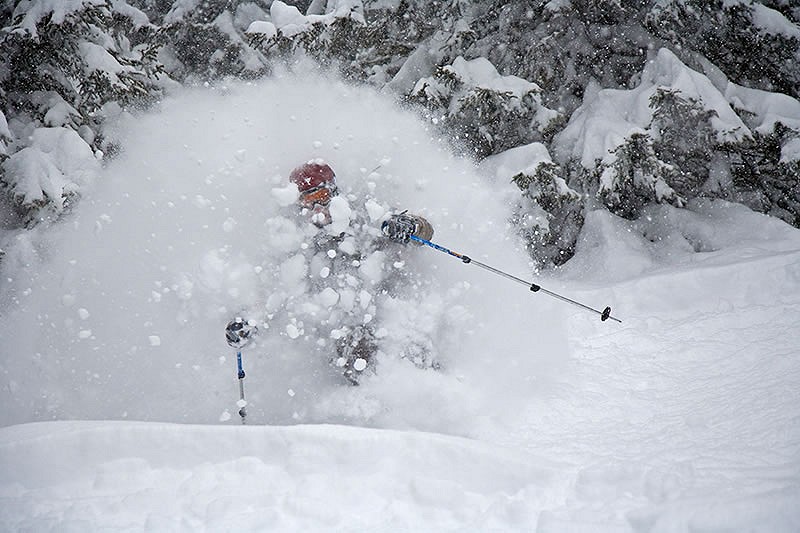
What I really liked about these skis is that I didn't have to compromise on any downhill skiing enjoyment when I wanted to use them for climbing or touring. There are two reasons for not wanting to compromise- firstly I have an inherent fear of crevasses (sensible I feel!) and I like to be in control when skiing with a heavy pack, and secondly skiing should be fun. To cap it all off it gives you the flexibility on winter trips meaning that if the climbing is good then fantastic, but if there is too much snow then you've still got yourself a brilliant pair of powder skis that will more than make up for the fact that you're not climbing.
All round a highly recommended ski. I used the 2006 version when I first got back into off-piste skiing and didn't find them to be too hard to master so these are by no means a 'pro-ski': the great news is that more and more ski rental shops are starting to rent them out as a touring ski so next time you want to go touring ask for the Verdicts and give them a go.
Jon Griffith - age: 24 - Chamonix
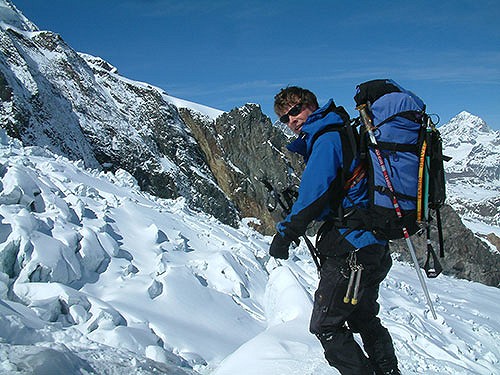
From then on I took advantage of the huge university holidays and tried to spend a maximum amount of time out in the Alps. I spent my first few years out in Zermatt (thanks to my climbing partner at the time Brian Birtle who put me up countless times) getting more into the mixed and alpine element rather than just rock climbing Chamonix style stuff. I finished my 'time' out in Zermatt on a high point with the Lyskamm North Face and decided I was ready to move on and try Chamonix style rock routes. I finished university last summer and moved out to Chamonix where I am currently working in photography and film work.
It's hard to pick one specific type of climbing that I prefer over the others but I think my heart still lies with big mixed alpine routes that potentially involve a couple of nights bivying. I am still getting used to the whole Chamonix 'get back in time for the last lift' style- I still include bivying as a part of any decent mountaineering experience. I am also still getting used to crack climbing- it hurts.... a lot.
Read more about Jon on his photography website Alpine Exposures.

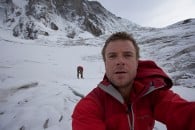


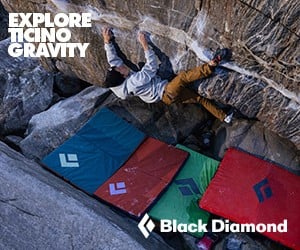
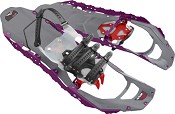
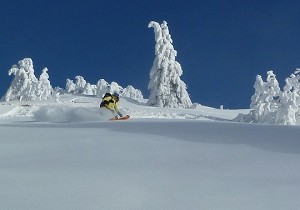

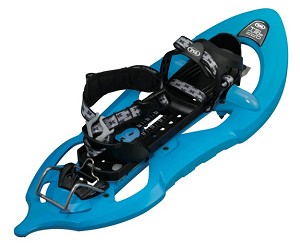

Comments